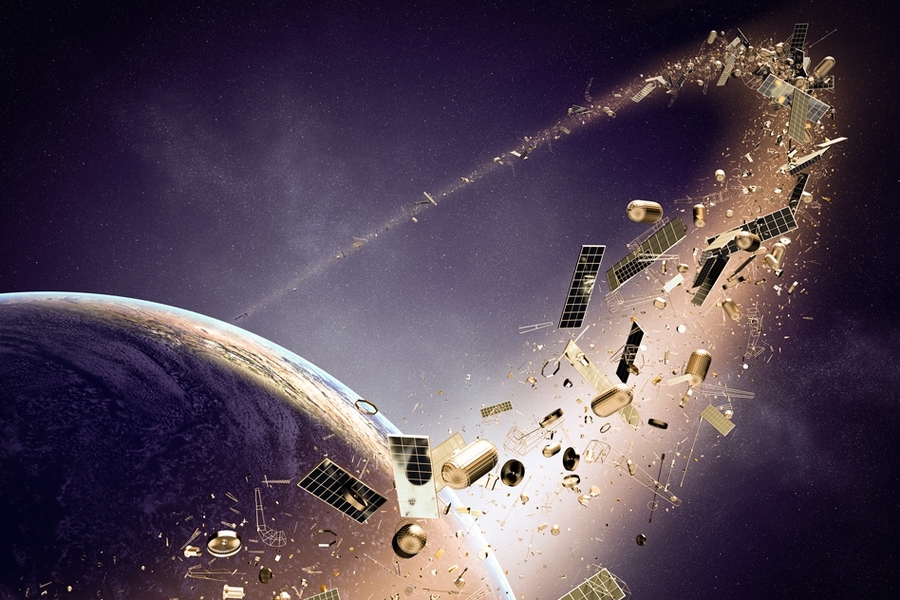Private Firm’s Ambition: Clearing Earth’s Orbit of Real Space Junk Using Innovative ‘Capture Bags

A technology for cleaning up real space junk in Earth’s orbit using inflatable capture bags (Photo: MIT News)
TransAstra secured an initial NASA contract to address the escalating concern of real space junk
According to the Space News, NASA’s most recent contract related to space debris technology revolves around a concept involving a deployable bag designed to eventually collect real space junk whirling in orbit.
Recently, NASA granted an early-stage contract worth $850,000 to TransAstra, a startup specializing in space logistics. The contract pertains to a bag intended to inflate once it reaches orbit. However, it’s essential to note that this contract does not involve a mission to collect real space junk in actual flight. Instead, TransAstra will be responsible for testing this technology on the ground using inflatable struts. SpaceNews reported this contract award.
This marks the second contract that TransAstra has received in recent years related to inflatable capture bags aimed at capturing real space junk. Their initial contract from NASA in 2021 was primarily focused on capturing asteroids or space rocks. Interestingly, TransAstra quickly recognized that asteroids and real space junk share many similar challenges. Asteroids generate pebbles, while real space junk generates small fragments resembling the movements of pebbles in space, according to company officials as reported by SpaceNews.
READ ALSO: Boyfriend Arrested For Murder Of Instagram Influencer Beauty Couch
TransAstra’s Innovative ‘Worker Bee’ Spacecraft: A Promising Solution for the Growing Challenge of Orbital Debris Cleanup
According to an article from Yahoo News, Joel Sercel, the founder and CEO of TransAstra, expressed his enthusiasm, saying, “We subsequently realized that this represents an unprecedented solution for clearing real space junk in low Earth orbit.” The company’s plan involves using a “bag” to traverse low Earth orbit and capture multiple pieces of space junk, aided by their space tug, known as the Worker Bee.
Yet, crafting this technology for spaceflight is no quick task; it might take many years, possibly even decades. And if the mission does indeed succeed and makes it into space, there’s a significant amount of work waiting for us. The European Space Agency’s estimates highlight the magnitude of the issue, with approximately 36,500 debris objects larger than 4 inches (10 centimeters) in Earth orbit. Moreover, there are approximately 330 million trackable objects, each exceeding 0.04 inches (1 millimeter) in size.
Let me put it in simpler terms: Think of it like this – it’s a real-life example showing just how bad the space debris situation has become. One chunk of space junk, which they were planning to clean up as part of a different cleanup test, ended up crashing into another piece of debris in August 2023. This collision might have caused even more bits and pieces to join the clutter up there in space. It’s a clear sign that we’ve got a serious space debris problem on our hands.
READ ALSO: New Boston University CTE Study: 41% Of Athletes Died Young Suffered From CTE









